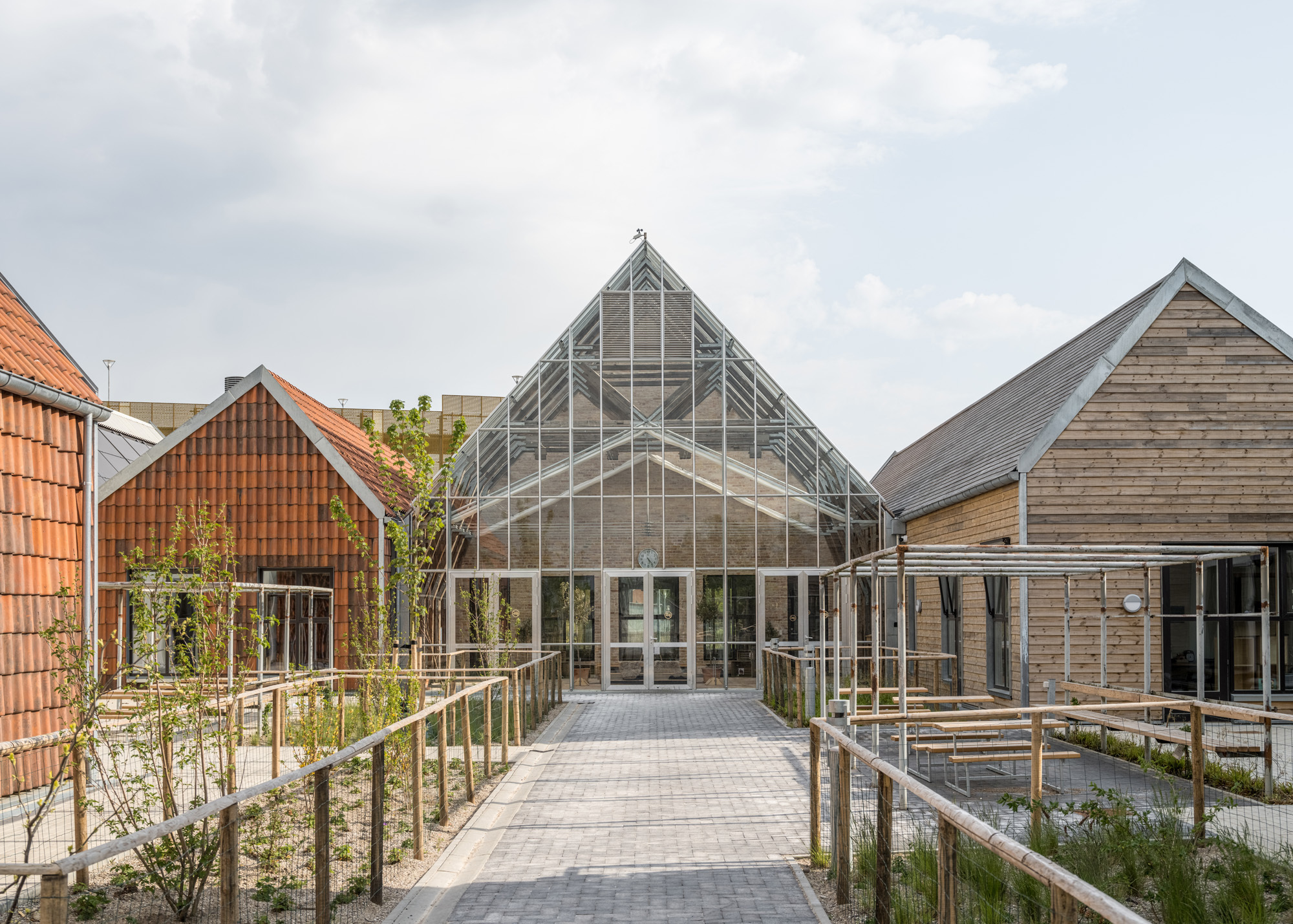
“Architecture and Energy” at DAM Explores the Climate Impact of the Built Environment
How did your country report this? Share your view in the comments.
Diverging Reports Breakdown
“Architecture and Energy” at DAM Explores the Climate Impact of the Built Environment
The Deutsches Architekturmuseum in Frankfurt has launched its new exhibition Architecture and Energy: Building in the Age of Climate Change. Developed in collaboration with engineer and sustainability advocate Werner Sobek, the exhibition explores the intersections of architecture, energy, and climate. The projects featured in the exhibition vary widely in scale, program, and geography, and include educational facilities, residential buildings, public spaces, and cultural institutions. All of them share a commitment to reducing emissions and rethinking material and energy use in construction. Among the highlights are a daycare center in Marburg designed as a plus-energy building by opus Architekten, a high-rise residential tower in Pforzheim that integrates energy-efficient systems, and a converted warehouse in Basel that demonstrates the potential of adaptive reuse.
The Deutsches Architekturmuseum (DAM) in Frankfurt has launched its new exhibition Architecture and Energy: Building in the Age of Climate Change on June 14, which will be open to visitors until October 5, 2025. Developed in collaboration with engineer and sustainability advocate Werner Sobek, the exhibition explores the intersections of architecture, energy, and climate, focusing on the environmental impact of the built environment and the role of architecture in mitigating climate change. By framing architecture as both a challenge and an opportunity in the context of the climate crisis, the exhibition seeks to contribute to a broader shift in thinking, one that positions design as a vital component of a sustainable future.
+ 8
Through a wide selection of built projects and research-based contributions, the exhibition illustrates how architects and planners are responding to environmental challenges with innovative and context-specific solutions. The projects featured in the exhibition vary widely in scale, program, and geography, and include educational facilities, residential buildings, public spaces, and cultural institutions. All of them share a commitment to reducing emissions and rethinking material and energy use in construction.
Among the highlights are a daycare center in Marburg designed as a plus-energy building by opus Architekten, a high-rise residential tower in Pforzheim by Freivogel Mayer Architekten GmbH that integrates energy-efficient systems, and a converted warehouse in Basel by Esch Sintzel Architekten that demonstrates the potential of adaptive reuse. The exhibition also features social housing developments by 51N4E, Lacaton & Vassal, DATAAE, Narch, Maira Arquitectes, and Peris + Toral Arquitectes in Brussels, Barcelona, and Ibiza, showcasing how sustainable design strategies can be implemented in dense urban contexts and community-focused programs. These examples emphasize the importance of architectural quality while addressing the pressing demands of climate resilience.
Related Article The Architecture of Rewilding: Designing for Ecosystem Recovery
The exhibition expands beyond built work to include material experiments and educational contributions. A section curated by Henning Larsen, titled Do You Speak Carbon?, engages visitors with the embodied carbon of construction materials, encouraging a deeper understanding of the climate impact of material choices. The Karlsruhe Institute of Technology presents forward-looking research on sustainable building materials, with prototypes that consider emissions, resource efficiency, and circular design. Large-scale models and assemblies help translate technical concepts into tactile experiences for the public.
In addition to architectural practices, the exhibition includes perspectives from a range of experts in engineering, urban planning, environmental economics, and public administration. These include Heinrich Bökamp, Andrea Gebhard, Claudia Kemfert, and Cord Soehlke. Their insights are presented alongside contributions from students at the Berlin University of the Arts, Technische Universität Dresden, University of Kassel, and ETH Zurich, who introduce emerging ideas and speculative proposals addressing energy and emissions in architecture.
Other exhibitions this year also reflect architecture’s engagement with environmental and cultural issues. In Venice, as part of the collateral events of the 2025 Architecture Biennale, the Institut Ramon Llull presents Water Parliaments: Projective Ecosocial Architectures, addressing the water crisis through interconnected landscapes across Catalonia, Valencia, the Balearic Islands, and beyond. Running in parallel with the Biennale, the European Cultural Centre’s Time Space Existence returns for its seventh edition, guided by the theme “Repair, Regenerate, Reuse.” Meanwhile, in New York, at the Museum of Modern Art (MoMA), an exhibition dedicated to Kisho Kurokawa’s Nakagin Capsule Tower is on view until July 12, 2026.
